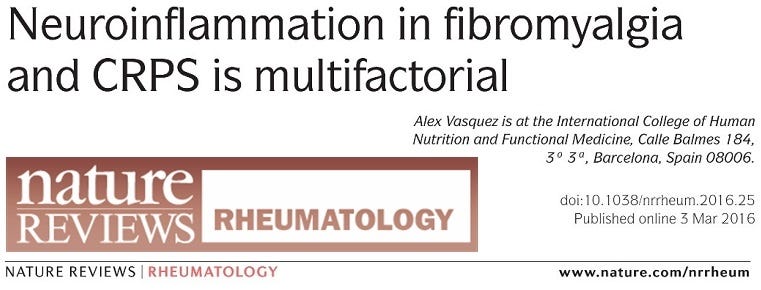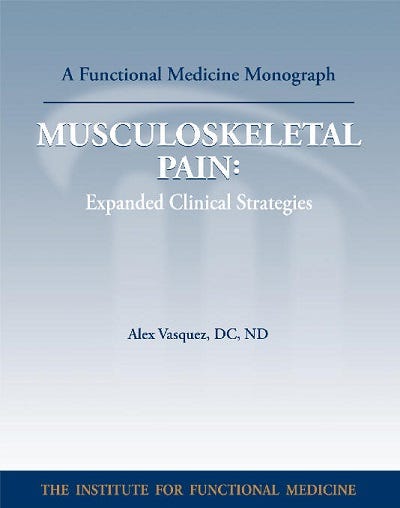IM4update (4) Inflammatory and interferon gene expression in patients with mitochondrial disease 2023
Update to IM4 = Inflammation Mastery, 4th Edition https://www.inflammationmastery.com/book
Here is another Update to IM4 = Inflammation Mastery, 4th Edition (available from BookDepository, Amazon, Barnes and Noble, ThriftBooks, AbeBooks, BetterWorldBooks, WaterStonesBooks)
I am actually quite pleased to see the progression in our understanding of mitochondrial function-dysfunction; it is progressing exactly as we could have expected, as I discussed on last week’s commentary-overview-conceptual video: IM4update (3) The Musical Evolution of our Perception of Mitochondria.
The article I am going to review in this post adds to and confirms our perception of the immune and inflammatory consequences of mitochondrial dysfunction/disease; PDF and my comments are provided below.
For the past 20 years, we’ve been waiting for the details to catch-up with our concepts and impressions, and—per IM4update (2) Mitochondrial information processing system 2022 paradigm shift—I think we’ve arrived. We now have the language to completely describe the mechanisms that we have observed for the past 20 years but did not know how to explain. Thus, as of now, we have the necessary 1) details-language and we have most of the necessary 2) clinical interventions, as I’ve reviewed in IM4 and which I completely overhauled and expanded in 2020 and 2021 but have not published yet, even though I’ve mentioned these updates on the InflammationMastery.com website as “Chapter 6” which will focus on the neuro-pain-immunity axis that I had to study in order to survive and escape my personal ordeal with CRPS—complex regional pain syndrome.
Speaking of the upcoming Chapter 6 and my experiences with severe pain, let’s take 2 quick tangents:
Yes, I was painfully aware of the irony of my having published on CRPS and chronic pain in 2016 in the top-tier journal Nature Reviews Rheumatology which was 4 years before I personally contracted the same disease following the worst bike accident of my 40+ year love affair with riding and racing bikes.
Actually, now that I think about it, I’d had a similar experience in 2011, which was also following a biking accident that left me in excruciating pain for a while (probably less than 6 weeks) although it was more directly related to muscle injury and was not nearly as complex and complicated as CRPS. I remember then, as I stood in a pharmacy in downtown Seattle Washington looking for pain-relievers, thinking that I was having my first major experience with severe pain even though I’d already published a few books on pain, not the least of which was the 2008 Musculoskeletal Pain commissioned and published by the Institute for Functional Medicine and which I wrote while I was in medical school.
Now, getting back to mitochondria and the progression of our understanding…
Paraphrasing myself from IM4update (3) The Musical Evolution of our Perception of Mitochondria, I think we can describe the evolution of our mitochondrial musical dexterity in 4 steps, as follows:
Medieval—overly simplistic: Primitive “glucose in, ATP out” really poor understanding that looks like a misunderstanding based on what we know now. The perception of mitochondria as “the powerhouses of the cell” is now dead, passe/outdated, moot/irrelevant.
Generation X—we had to take action without having all the data: Conceptual, practical, remarkably effective even if we did not have all the details; we had a remarkable number of interventions based on our knowledge of biochemistry and physiology. This is a perfect example of an occasion when the study of basic sciences really illuminated the implementation of clinical sciences/interventions—we were able to make amazing clinical advances based on a few concepts (eg, “mitochondrial dysfunction”) and our basic science knowledge of mitochondrial function, which was mostly based on biochemistry.






